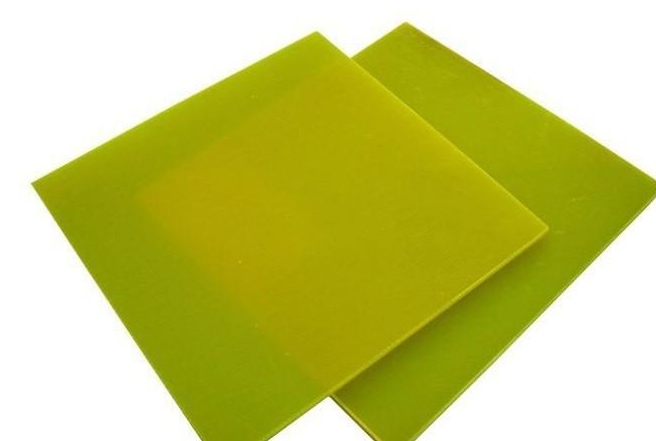- 01
- Jan
Do you know the polymer in the polymer insulation board
Do you know the polymer in the polymer insulation board?

The polymer in the polymer insulation board is also called a polymer. The polymer is composed of long-chain molecules with a large molecular weight. The molecular weight of the polymer ranges from thousands to hundreds of thousands or even millions. Most polymer compounds are a mixture of many homologs with different relative molecular masses, so the relative molecular mass of a polymer compound is the average relative molecular weight. Macromolecular compounds are made up of thousands of atoms connected to each other by covalent bonds. Although their relative molecular mass is very large, they are all connected by simple structural units and repetitive ways.
The molecular weight of a polymer ranges from several thousand to several hundred thousand or even several million, and the number of atoms contained is generally over tens of thousands, and these atoms are connected by covalent bonds.
High molecular compound has a large molecular weight, and the intermolecular force is very different from that of small molecules, so it has unique high strength, high toughness, and high elasticity. When the atoms in a polymer compound are connected into a long linear molecule, it is called a linear polymer (such as a molecule of polyethylene). This polymer can be melted when heated, and can be dissolved in a suitable solvent.
When the atoms in the polymer compound are connected in a linear shape but have long branches, they can also be melted when heated and dissolved in a suitable solvent. If the atoms in a polymer compound are connected to form a network, this polymer is also called a bulk polymer because it is generally not a planar structure but a three-dimensional structure. The body-shaped polymer cannot melt when heated, but can only become soft; it cannot be dissolved in any solvent, and can only swell in some solvents.
Macromolecular compounds exist in large quantities in nature, and such polymers are called natural polymers. In the biological world, the proteins and cellulose that make up the organism; the nucleic acids that carry biological genetic information; the starch in food, the cotton, wool, silk, hemp, wood, rubber, etc., which are raw materials for clothing, are all natural polymers. In the non-biological world, such as feldspar, quartz, diamond, etc., are all inorganic polymers.
Natural polymers can be chemically processed into derivatives of natural polymers, thereby changing their processing performance and usability. For example, nitrocellulose, vulcanized rubber, etc. Polymers synthesized entirely by artificial methods occupy an important position in polymer science. This kind of macromolecule is produced by one or several small molecules as raw materials through addition polymerization reaction or condensation polymerization reaction, so it is also called polymer. The small molecules used as raw materials are called monomers, such as polyethylene (polymer) from ethylene (monomer) through addition polymerization; from ethylene glycol (monomer) and terephthalic acid (monomer) through polycondensation reaction Produces polyethylene terephthalate (polymer).
The structure of polymer can be divided into chain structure, network structure and body structure.
